How it All Began
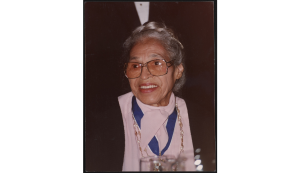
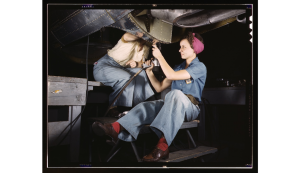
Women’s History Month had its beginnings in Sonoma County, California in the 1970’s. To rectify the lack of curriculum about women’s historical achievements in K-12 education, a group of Santa Rosa educators known as the Education Task Force of the Sonoma County (California) Commission on the Status of Women, began a celebration called “Women’s History Week” in 1978. It was timed to coincide with International Women’s Day which is March 8. Over 100 women participated in classroom activities throughout the county during the week; a “Real Woman” essay contest had hundreds of entries. The week culminated in a parade and event in downtown Santa Rosa.
The event gained momentum and spread across the country. In 1980 President Jimmy Carter recognized women’s achievements by issuing the first Presidential Proclamation declaring the Week of March 8th as National Women’s History Week.
Women’s History Week proclamations were continued by subsequent Presidents. In 1987 Congress passed a law declaring March as “Women’s History Month”. Since 1995 every President has proclaimed March as Women’s History Month.
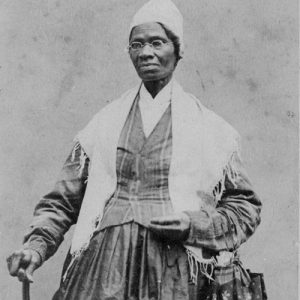
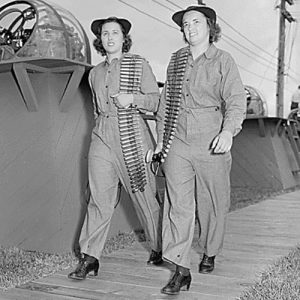
Women's History 2021
The National Women’s History Alliance selects a theme for each year’s celebrations. Because events were curtailed in 2020, this year will continue to honor women and the struggle for the right to vote. The theme is:
Valiant Women of the Vote: Refusing to Be Silenced
Resources To Learn More
Online
For more information about the origins of Women’s History month and to find resources and virtual events check out these websites:
National Women’s History Alliance-Why March is National Women’s History Month
National Women’s History Museum-Women’s History Month
National Women’s History Museum-Resources
United Nations-International Women’s Day
Books on Women’s History at the Library

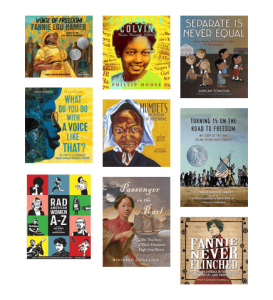
For Children
Kids Books on the History of Voting Rights and Elections
Social Justice Books for Kids on Women’s History created by Teaching for Change
For Teens & Adults
Remarkable Women, Remarkable Lives
Movies on Kanopy to Celebrate Women's History Month


Written by Linda



Add a comment to: March is Women’s History Month